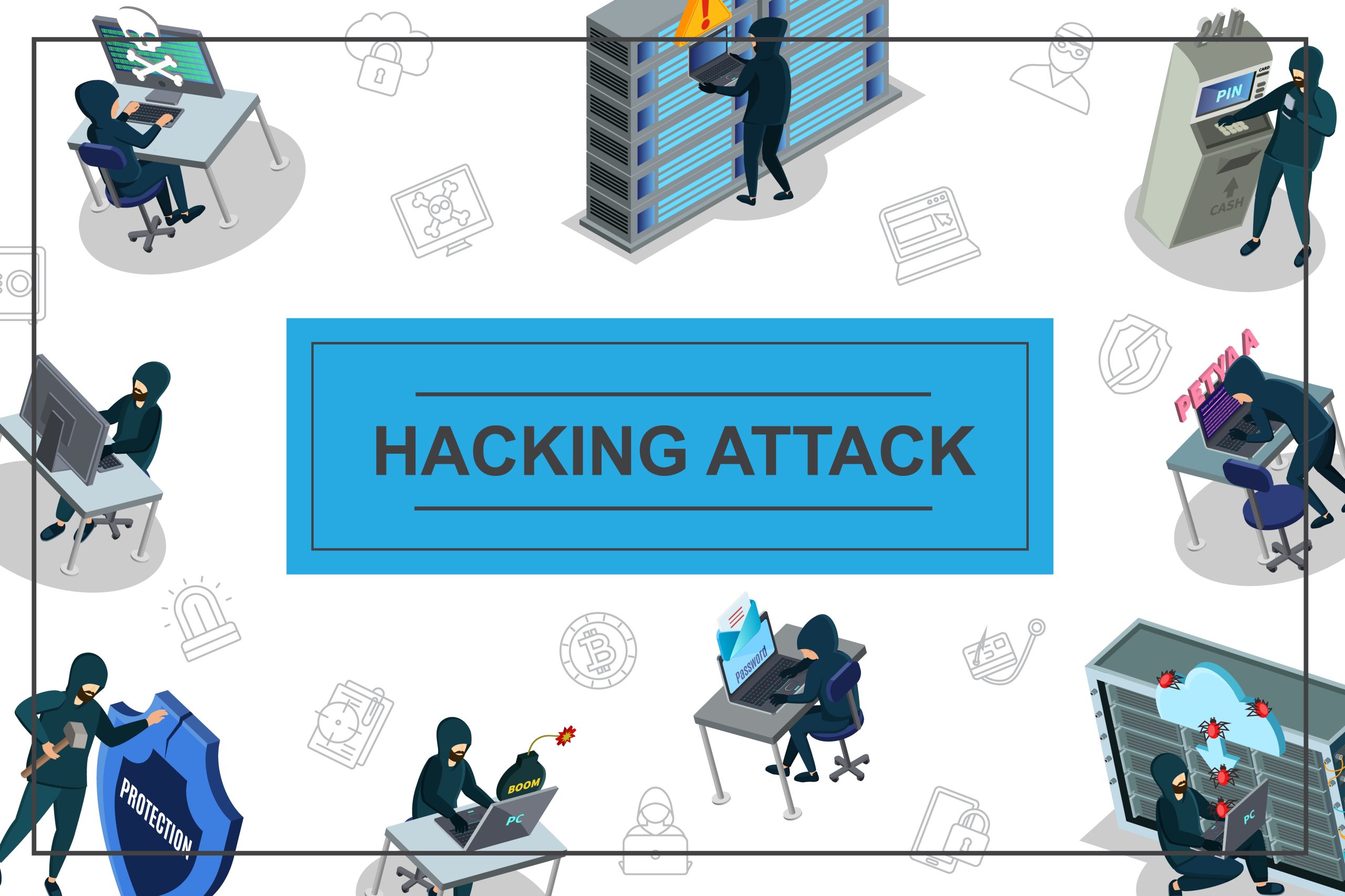When we think of cybersecurity threats, we often focus on external factors such as hackers and malware. However, one of the most significant threats to an organization’s cybersecurity can come from within – the insider threat. In this article, we’ll explore what insider threats are, how to identify them, and strategies for preventing security breaches from within.
What are Insider Threats?
Insider threats refer to cybersecurity breaches that originate from within an organization, typically involving employees, contractors, or business partners. These individuals have access to sensitive information, such as customer data, trade secrets, or financial information, and can cause significant damage to an organization’s reputation and finances.
Types of Insider Threats
- Malicious insiders: These are individuals who intentionally cause harm to an organization. They may be disgruntled employees seeking revenge or individuals who have been bribed by competitors.
- Negligent insiders: These individuals are not intentionally causing harm, but their actions, such as misplacing a laptop or failing to update their software, can still result in a security breach.
- Accidental insiders: These individuals are not aware that they are causing a security breach. For example, they may accidentally send an email containing sensitive information to the wrong recipient.
How to Identify Insider Threats
- Behavioral changes: Keep an eye out for employees who exhibit sudden changes in behavior, such as becoming withdrawn, overly aggressive, or showing a lack of interest in their work.
- Unusual network activity: Monitor network activity for unusual behavior, such as employees accessing files or systems they don’t typically use, or accessing files at unusual times.
- Unexplained absences: Watch for employees who are absent from work more often than usual, particularly if they are scheduled to work on sensitive projects or systems.
- Security policy violations: Keep track of employees who violate security policies, such as sharing passwords or failing to encrypt files containing sensitive information.
Preventing Insider Threats
- Employee training: Educate employees on cybersecurity best practices, including the risks of insider threats and how to report any suspicious activity.
- Access controls: Limit access to sensitive information only to those who need it. Regularly review access privileges and revoke them for employees who no longer require access.
- Monitoring: Monitor network activity and user behavior for any unusual or suspicious activity.
- Two-factor authentication: Implement two-factor authentication for accessing sensitive information or systems.
- Background checks: Conduct thorough background checks on new employees, contractors, or business partners who will have access to sensitive information.
- Culture of security: Foster a culture of security within the organization, where employees understand the importance of cybersecurity and are encouraged to report any suspicious activity.
In conclusion, insider threats are a significant cybersecurity risk that can cause significant damage to an organization’s reputation and finances. By understanding the different types of insider threats and how to identify them, organizations can take steps to prevent security breaches from within. Implementing employee training, access controls, monitoring, two-factor authentication, background checks, and fostering a culture of security are all essential strategies for preventing insider threats. With a proactive approach to cybersecurity, organizations can protect themselves from the risks posed by insider threats and safeguard their sensitive information.




